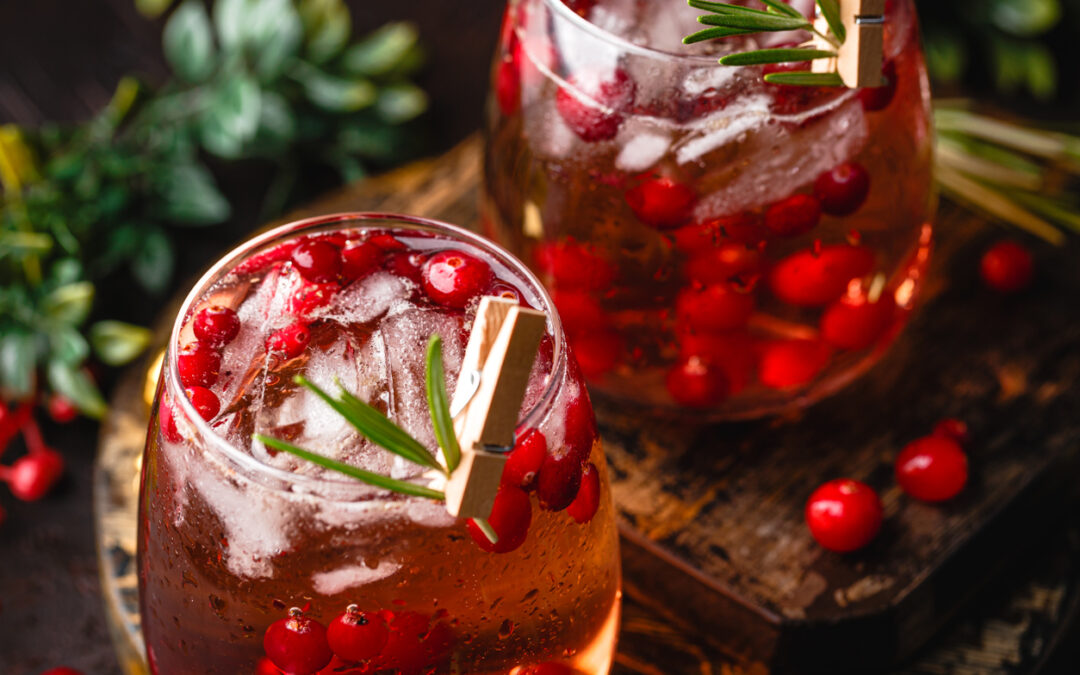
4 Festive Non-Alcoholic Beverages
With the holiday celebrations in our midst, there’s also a lot of alcohol and a lot of sugar. When you don’t want to drink alcohol for whatever reason, you’re generally offered a beverage with a lot of sugar. Or, you’re offered water only, which never feels very festive to me.
Today, I’m sharing 4 festive and delicious non-alcoholic beverages you can enjoy without the effects of booze or even more sugar.
First up, is kombucha. While some people worry that there’s alcohol in kombucha, the amount is low. The fermentation process of anything naturally produces alcohol, but commercially produced kombucha has to have an alcohol content of 0.5% or less. This is about the same amount as in orange juice.
I love kombucha for the bubbles and there are many, many different flavors available.
My favorites are still the ones made right here in Portland by Brew Dr. I love berry flavor, so I’m a big fan of the “Superberry”. I also love the “Love”. Looks like they have a new seasonal called “Vanilla Blossom” that looks like a fun one for the holidays.
Next, I recommend bitters. I talked about these in my Wellness Wednesday Facebook Live this week. I like the bitters concoctions made by Portland’s, The Bitter Housewife. They are delicious added to soda water. Just add lemon or lime for a perfectly splendid mocktail.
Bitters have some benefits as well. They stimulate your digestive juices to help you digest your food more easily, so consider a drink with bitters for after your holiday meals. I’ve been enjoying the “Lime Coriander”. Bitters will also contain alcohol, but because you’re only using a few drops, it’s like taking an herbal tincture. If you are sensitive to alcohol, I would avoid this choice.
Third, becoming more and more popular here in Oregon are CBD-infused beverages. These have no THC, so aren’t psychoactive in any way and might even help relieve aches and pains. There are many brands available, but I find that some have a strange after taste that lessens the experience for me.
My favorites come from Aurora Elixers, also located locally. They’ve done an excellent job with their packaging and I always feel really special when I get to drink one of their beverages. My favorite is the “Rosemary Grapefruit”. I especially appreciate that they don’t add a lot of extra sugar. Looks like they have a fun gift set available for the non-drinker in your life.
Last up is an Izze/La Croix combination. Both of these brands make many different flavors, so you can mix and match and have an endless variety of drinks. My favorite is the “Sparkling Pomegranate” Izze with “Lime” LaCroix with a twist of lime and/or real pomegranates.
Add this to a pretty glass and no one will be the wiser about what you’re drinking. There’s no added sugar and the combination will make at least 2 mocktails.
So, there you go.
If drinking alcohol doesn’t feel aligned for you, I hope you’ll listen and do what feels best for you. Just because you’re not drinking alcohol doesn’t mean you can’t sip on something delicious.
Be sure to allow yourself some pretty glassware, fun shaped ice, an herb or fruit garnish, a festive straw, or whatever else brings you joy this holiday season.
Do you have a favorite non-alcoholic beverage or mocktail recipe? Please share it below and be sure to pass this post along to friends who might enjoy it!



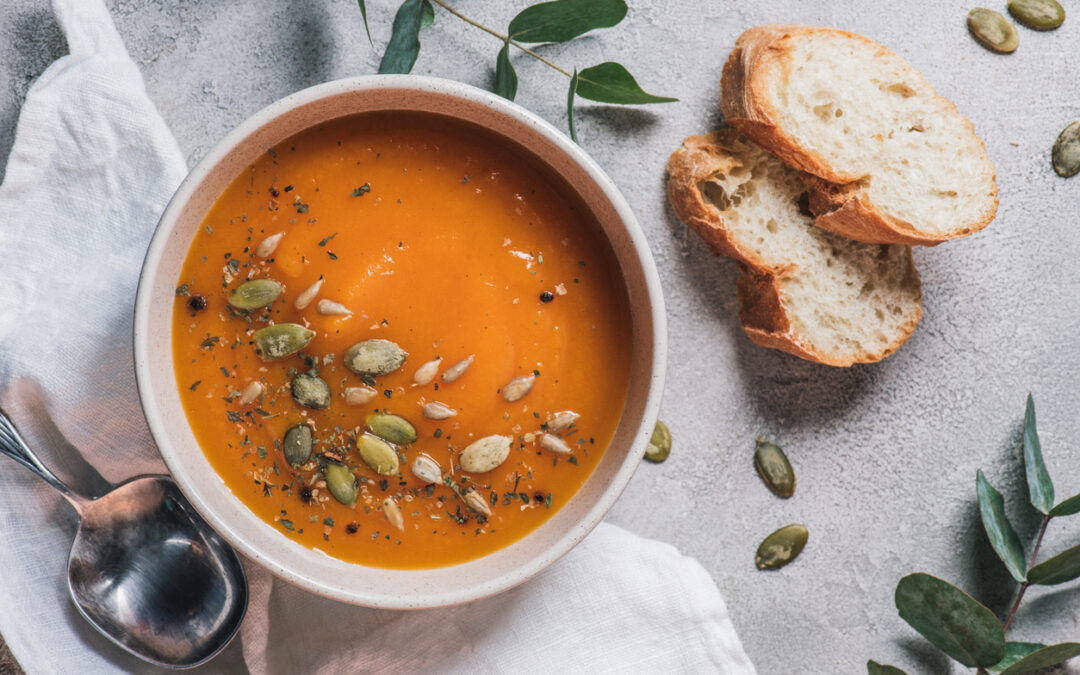
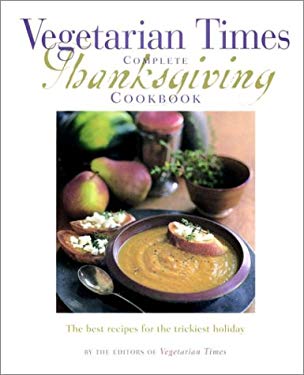
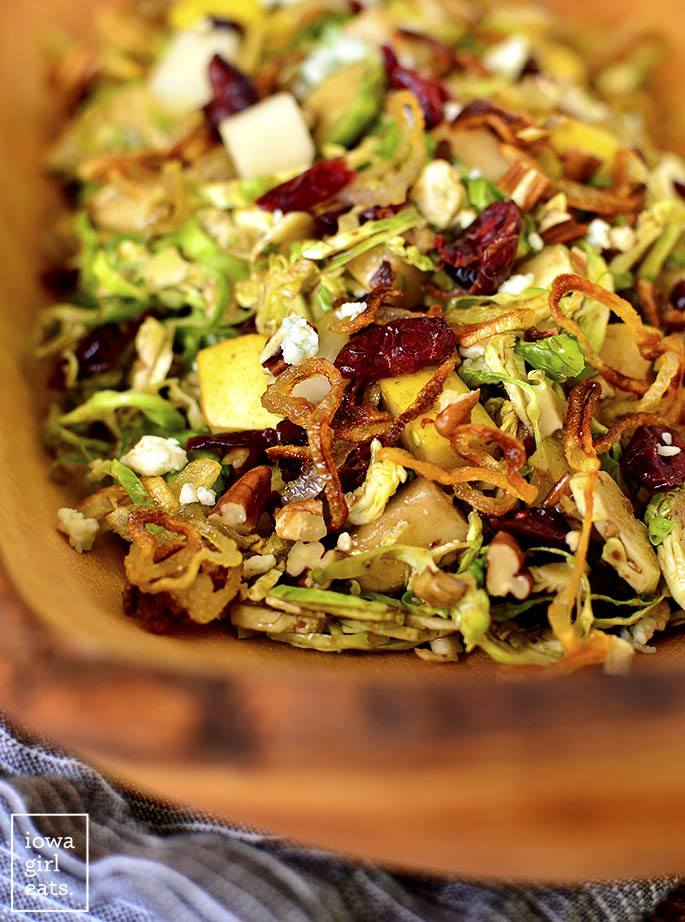
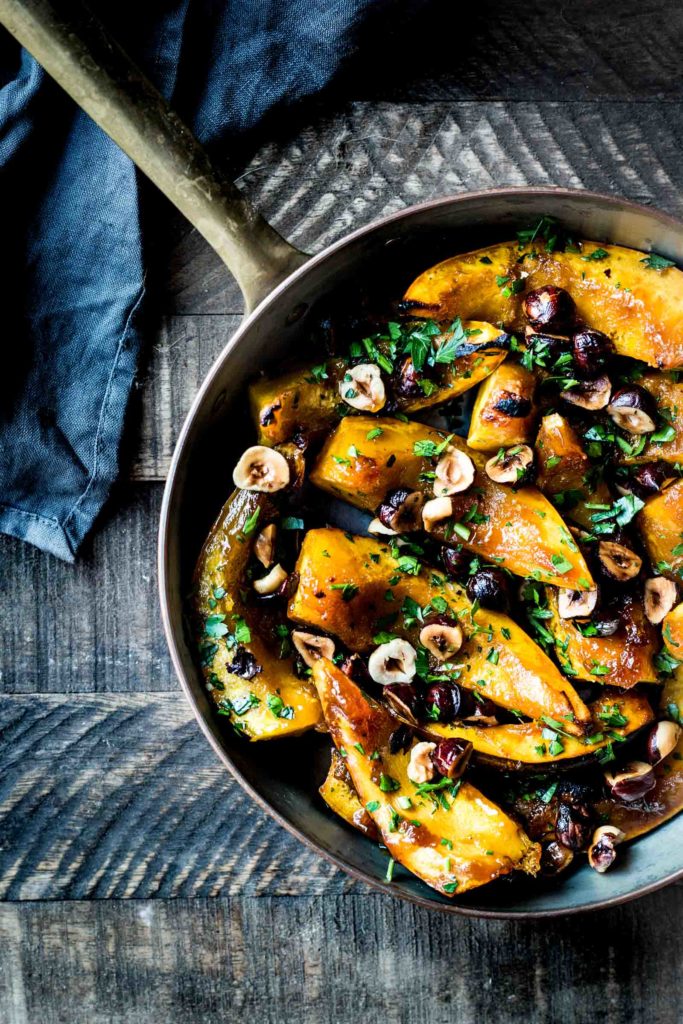


Recent Comments